Instruction
5 death moves for golfers
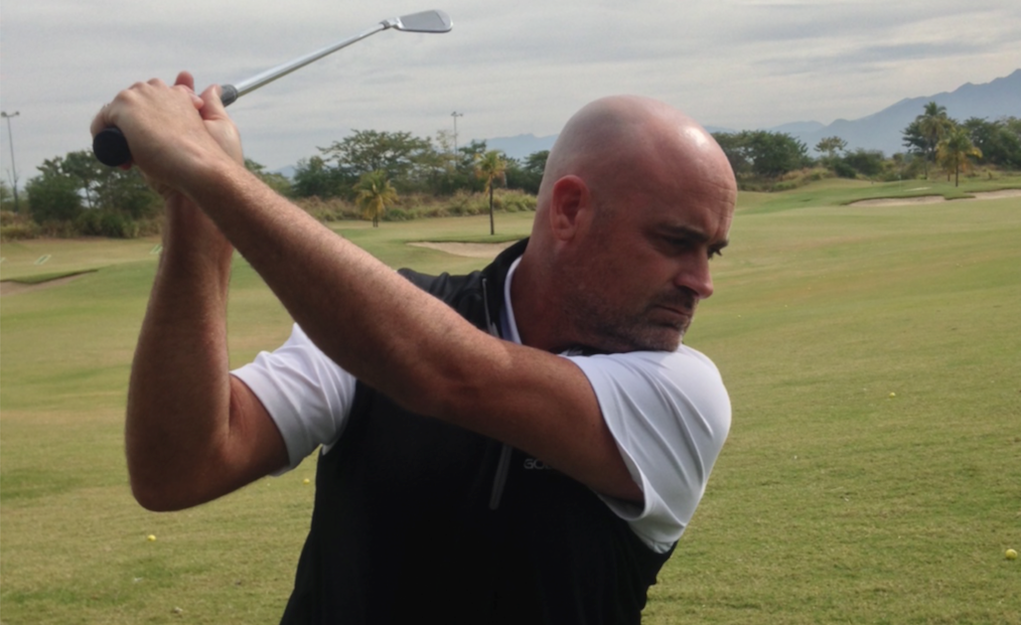
From time to time, every golfer falls into bad habits and plays poorly for a short stretch of time. To get out of the brief predicament, sometimes all it takes is a small swing tweak or another set of eyes to point out the obvious… you know, just to get their game back on the rails and the golf ball out of the trees.
This list does NOT cover any those small fixes. It examines swing flaws that are absolute death moves for golfers, and require immediate attention from a professional swing instructor.
Below is my list of the top 5 swing flaws that a golfer needs to fix immediately before their swings are destroyed and their confidence is shattered beyond repair.
1. An excessive “over-the-top” driver swing
As with any longer club, an “over-the-top” motion creates an unmanageable ball flight with the driver. But with the big stick especially, two radical misses occur. One is the banana slice, with no “pop” off the face and a severe loss of distance. The other is a low pull-hook that carries about half the normal distance; it starts left and goes farther left, and if there are firm conditions with out-of-bounds stakes, then golfers are certainly teeing up another ball.
If you read my articles, you know by now that the ball begins mostly in the direction of the clubface and curves away from the path (with centered contact). With that in mind, take a look at the Trackman numbers above.
This player wants to hit a draw, but it’s an impossible shot for him to manage from this position. Why? The path is moving -8.5 degrees left of the target. To compensate, golfers will automatically hold the face open to the path, causing a slice. After they do this a time or two, they will begin to rotate the face closer to the path, which will cause a smaller, but more playable fade… until they begin to rotate the clubface left of the path. That creates a radical pull-hook.
If you have a severe over-the-top swing, RUN, don’t walk, to a respected teaching professional in your area.
2. A strong grip with a shut face at the top
Through the generations, golfers have become stronger and so have their grips at address. Nowadays, the common position at address is to have a grip that puts a cup in the lead wrist (seen in the photo above).
I have no problem with stronger grips or a slightly shut position at the top, as long as the player knows he is doing it. I do, however, have a big issue when the cup of the lead wrist “flattens” all the way at the top of the swing, causing the blade to shut excessively for a strong-grip player (pictured below).
Most of the time players don’t know they’re doing it, and it causes pulls as you can see in the Trackman data below. The data is from a better player who has a very slight in-to-out swing path (0.2 degrees), but a clubface that is consistently left of the target (in the -2 to -4 range).
When this player came to see me, he could not understand why he kept pulling his shots. Once he became aware of the problem, he was able to fix the position at the top of his swing and the pulls disappeared. Had he never sought help, he could have ruined what was otherwise a very solid swing.
3. Adding excessive dynamic loft at impact with irons
Most players have a quest for more distance, but sometimes they go about it the wrong way. Anytime the lead wrist moves into extension too early and the shaft backs up in the downswing, golfers will add dynamic loft to the club at impact. Everyone is different in regards to how much lag they need, but the fact remains that if you tend to “flip” the club at the bottom, you will continue to have spin lofts and spin rates that are too high. Translation: you won’t hit iron shots as far as you could.
Some of these moves can return the club shaft to “vertical” at impact, which is not a bad thing, but too much flip and not enough lag will cause a loss of compression and distance. That’s not what any golfer wants. The fix is to make sure your pivot is driving the arms, hands, and club through impact. Whenever the pivot is faulty, you will also see poor impact alignments (as shown above).
The position above is not one that you can play your way out of; it will get worse and worse without teacher supervision.
4. Low spin loft (relative to swing speed) with the driver
Sometimes players are so focused on adding lag to their swings, or keeping their hands ahead of the ball, they forget loft is necessary for distance! When spin lofts are too low, the ball will launch too flat and golfers will have to rely on roll for distance. While this is OK under some conditions, it’s not ideal for most course conditions golfers see on a weekly basis.
The fix is to make sure your driver loft is correct so you can deliver the correct amount of loft into impact. For the player above, simply changing the loft from 9 degrees to 11 degrees was all that was needed to create longer drives. If your drives launch too low and get a lot of distance through roll, try adding more loft to your driver. If adding loft doesn’t fix the problem, then make sure your teacher audits your pivot, swing direction, angle of attack and dynamic loft.
5. Poor Smash Factor
If you’re experiencing a low smash factor, it could be a sign that you’re hitting the ball all over the face (as pictured above). Remember, if you can’t hit the center of the clubface consistently, there’s a bigger problem than just a low smash factor. A majority of the time, when your impact pattern looks like this, your pivot is faulty and the club cannot be delivered consistently.
Use foot spray (my favorite can be purchased here) to audit your impacts and see if you contact the same part of the face each time. If you cannot, then you’ll want to find out an instructor who can explain why.
- LIKE160
- LEGIT34
- WOW11
- LOL2
- IDHT3
- FLOP1
- OB1
- SHANK43
Instruction
The Wedge Guy: The easiest-to-learn golf basic

My golf learning began with this simple fact – if you don’t have a fundamentally sound hold on the golf club, it is practically impossible for your body to execute a fundamentally sound golf swing. I’m still a big believer that the golf swing is much easier to execute if you begin with the proper hold on the club.
As you might imagine, I come into contact with hundreds of golfers of all skill levels. And it is very rare to see a good player with a bad hold on the golf club. There are some exceptions, for sure, but they are very few and very far between, and they typically have beat so many balls with their poor grip that they’ve found a way to work around it.
The reality of biophysics is that the body moves only in certain ways – and the particulars of the way you hold the golf club can totally prevent a sound swing motion that allows the club to release properly through the impact zone. The wonderful thing is that anyone can learn how to put a fundamentally sound hold on the golf club, and you can practice it anywhere your hands are not otherwise engaged, like watching TV or just sitting and relaxing.
Whether you prefer an overlap, interlock or full-finger (not baseball!) grip on the club, the same fundamentals apply. Here are the major grip faults I see most often, in the order of the frequency:
Mis-aligned hands
By this I mean that the palms of the two hands are not parallel to each other. Too many golfers have a weak left hand and strong right, or vice versa. The easiest way to learn how to hold the club with your palms aligned properly is to grip a plain wooden ruler or yardstick. It forces the hands to align properly and shows you how that feels. If you grip and re-grip a yardstick several times, then grip a club, you’ll see that the learning curve is almost immediate.
The position of the grip in the upper/left hand
I also observe many golfers who have the butt of the grip too far into the heel pad of the upper hand (the left hand for right-handed players). It’s amazing how much easier it is to release the club through the ball if even 1/4-1/2″ of the butt is beyond the left heel pad. Try this yourself to see what I mean. Swing the club freely with just your left hand and notice the difference in its release from when you hold it at the end of the grip, versus gripping down even a half inch.
To help you really understand how this works, go to the range and hit shots with your five-iron gripped down a full inch to make the club the same length as your seven-iron. You will probably see an amazing shot shape difference, and likely not see as much distance loss as you would expect.
Too much lower (right) hand on the club
It seems like almost all golfers of 8-10 handicap or higher have the club too far into the palm of the lower hand, because that feels “good” if you are trying to control the path of the clubhead to the ball. But the golf swing is not an effort to hit at the ball – it is a swing of the club. The proper hold on the club has the grip underneath the pad at the base of the fingers. This will likely feel “weak” to you — like you cannot control the club like that. EXACTLY. You should not be trying to control the club with your lower/master hand.
Gripping too tightly
Nearly all golfers hold the club too tightly, which tenses up the forearms and prevents a proper release of the club through impact. In order for the club to move back and through properly, you must feel that the club is controlled by the last three fingers of the upper hand, and the middle two fingers of the lower hand. If you engage your thumbs and forefingers in “holding” the club, the result will almost always be a grip that is too tight. Try this for yourself. Hold the club in your upper hand only, and squeeze firmly with just the last three fingers, with the forefinger and thumb off the club entirely. You have good control, but your forearms are not tense. Then begin to squeeze down with your thumb and forefinger and observe the tensing of the entire forearm. This is the way we are made, so the key to preventing tenseness in the arms is to hold the club very lightly with the “pinchers” — the thumbs and forefingers.
So, those are what I believe are the four fundamentals of a good grip. Anyone can learn them in their home or office very quickly. There is no easier way to improve your ball striking consistency and add distance than giving more attention to the way you hold the golf club.
More from the Wedge Guy
- The Wedge Guy: Golf mastery begins with your wedge game
- The Wedge Guy: Why golf is 20 times harder than brain surgery
- The Wedge Guy: Musings on the golf ball rollback
- LIKE83
- LEGIT13
- WOW5
- LOL1
- IDHT0
- FLOP4
- OB1
- SHANK8
Instruction
Clement: Stop ripping off your swing with this drill!

Not the dreaded headcover under the armpit drill! As if your body is defective and can’t function by itself! Have you seen how incredible the human machine is with all the incredible feats of agility all kinds of athletes are accomplishing? You think your body is so defective (the good Lord is laughing his head off at you) that it needs a headcover tucked under the armpit so you can swing like T-Rex?
- LIKE0
- LEGIT2
- WOW2
- LOL0
- IDHT0
- FLOP0
- OB0
- SHANK2
Instruction
How a towel can fix your golf swing
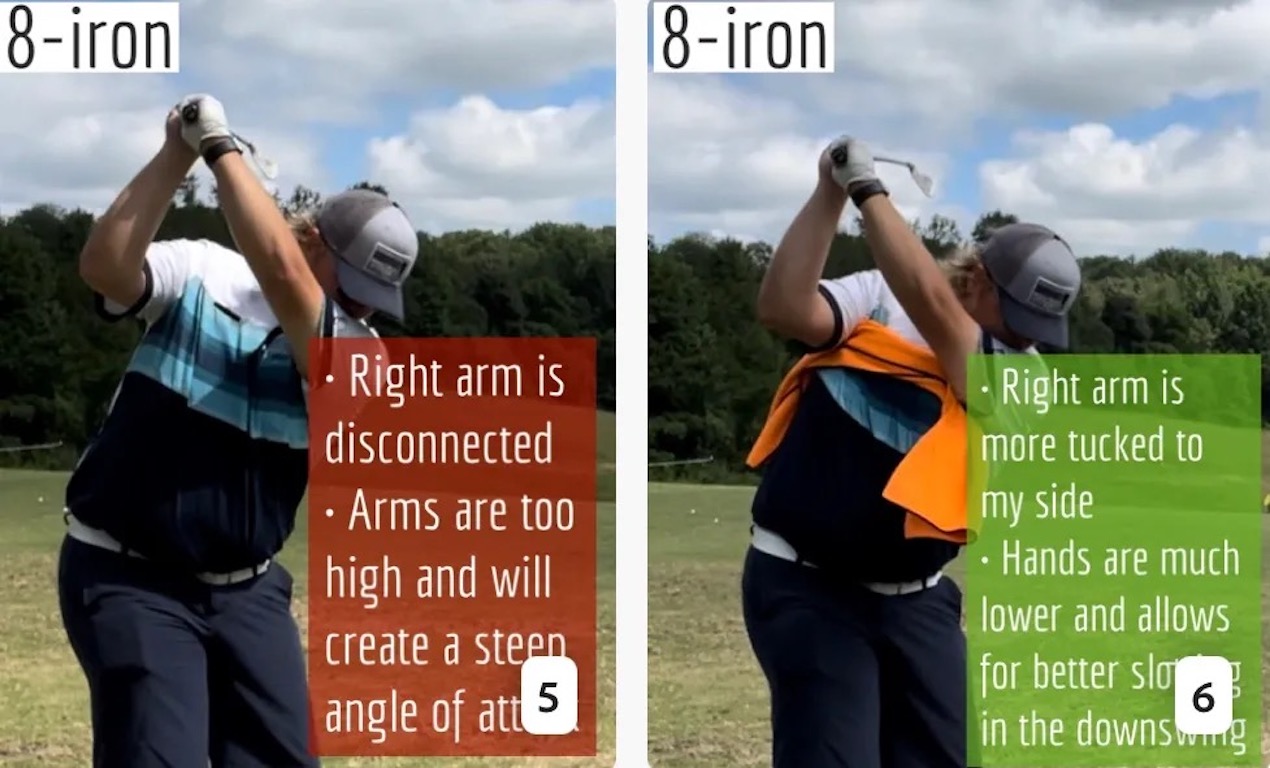
This is a classic drill that has been used for decades. However, the world of marketed training aids has grown so much during that time that this simple practice has been virtually forgotten. Because why teach people how to play golf using everyday items when you can create and sell a product that reinforces the same thing? Nevertheless, I am here to give you helpful advice without running to the nearest Edwin Watts or adding something to your Amazon cart.
For the “scoring clubs,” having a solid connection between the arms and body during the swing, especially through impact, is paramount to creating long-lasting consistency. And keeping that connection throughout the swing helps rotate the shoulders more to generate more power to help you hit it farther. So, how does this drill work, and what will your game benefit from it? Well, let’s get into it.
Setup
You can use this for basic chip shots up to complete swings. I use this with every club in my bag, up to a 9 or 8-iron. It’s natural to create incrementally more separation between the arms and body as you progress up the set. So doing this with a high iron or a wood is not recommended.
While you set up to hit a ball, simply tuck the towel underneath both armpits. The length of the towel will determine how tight it will be across your chest but don’t make it so loose that it gets in the way of your vision. After both sides are tucked, make some focused swings, keeping both arms firmly connected to the body during the backswing and follow through. (Note: It’s normal to lose connection on your lead arm during your finishing pose.) When you’re ready, put a ball in the way of those swings and get to work.
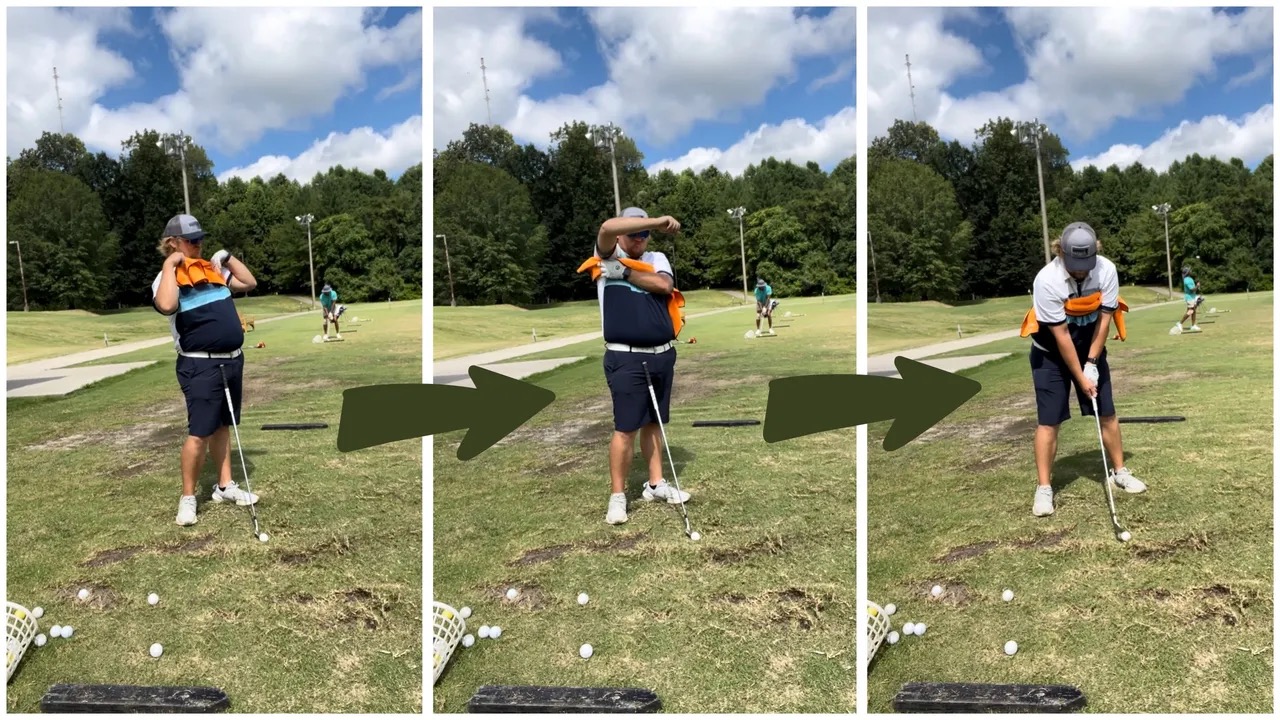
Get a Better Shoulder Turn
Many of us struggle to have proper shoulder rotation in our golf swing, especially during long layoffs. Making a swing that is all arms and no shoulders is a surefire way to have less control with wedges and less distance with full swings. Notice how I can get in a similar-looking position in both 60° wedge photos. However, one is weak and uncontrollable, while the other is strong and connected. One allows me to use my larger muscles to create my swing, and one doesn’t. The follow-through is another critical point where having a good connection, as well as solid shoulder rotation, is a must. This drill is great for those who tend to have a “chicken wing” form in their lead arm, which happens when it becomes separated from the body through impact.
In full swings, getting your shoulders to rotate in your golf swing is a great way to reinforce proper weight distribution. If your swing is all arms, it’s much harder to get your weight to naturally shift to the inside part of your trail foot in the backswing. Sure, you could make the mistake of “sliding” to get weight on your back foot, but that doesn’t fix the issue. You must turn into your trial leg to generate power. Additionally, look at the difference in separation between my hands and my head in the 8-iron examples. The green picture has more separation and has my hands lower. This will help me lessen my angle of attack and make it easier to hit the inside part of the golf ball, rather than the over-the-top move that the other picture produces.
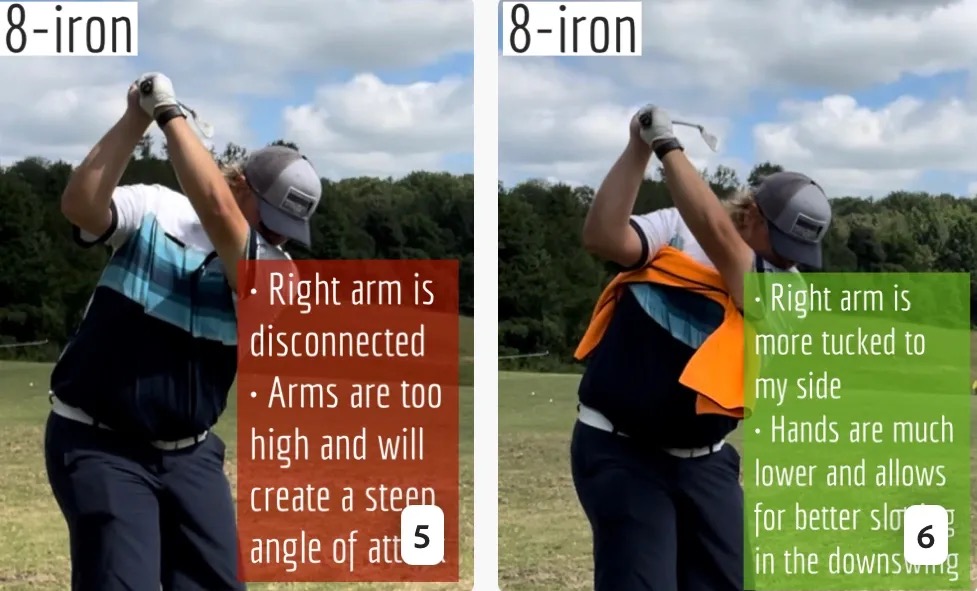
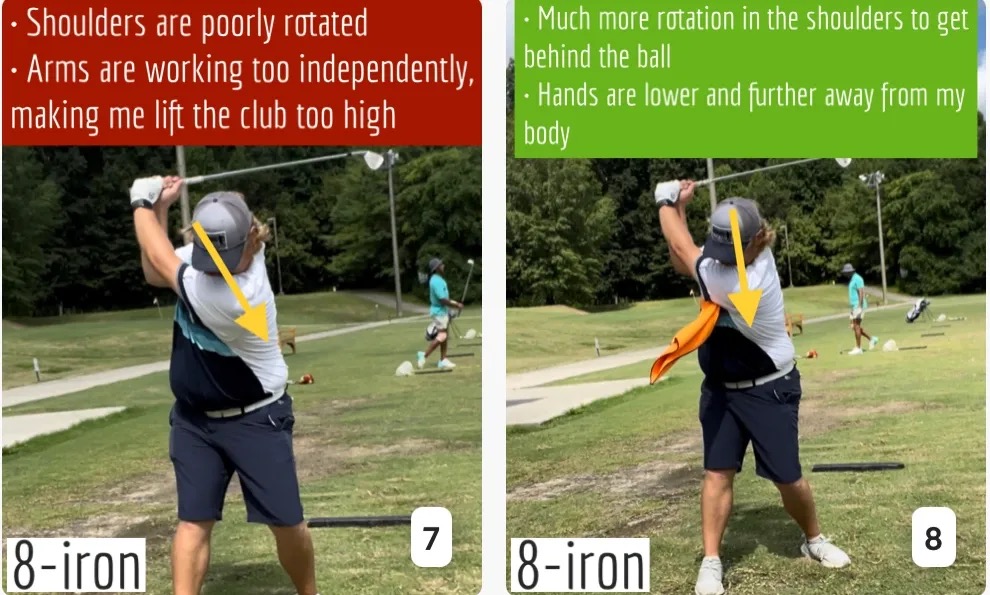
Stay Better Connected in the Backswing
When you don’t keep everything in your upper body working as one, getting to a good spot at the top of your swing is very hard to do. It would take impeccable timing along with great hand-eye coordination to hit quality shots with any sort of regularity if the arms are working separately from the body.
Notice in the red pictures of both my 60-degree wedge and 8-iron how high my hands are and the fact you can clearly see my shoulder through the gap in my arms. That has happened because the right arm, just above my elbow, has become totally disconnected from my body. That separation causes me to lift my hands as well as lose some of the extension in my left arm. This has been corrected in the green pictures by using this drill to reinforce that connection. It will also make you focus on keeping the lead arm close to your body as well. Because the moment either one loses that relationship, the towel falls.
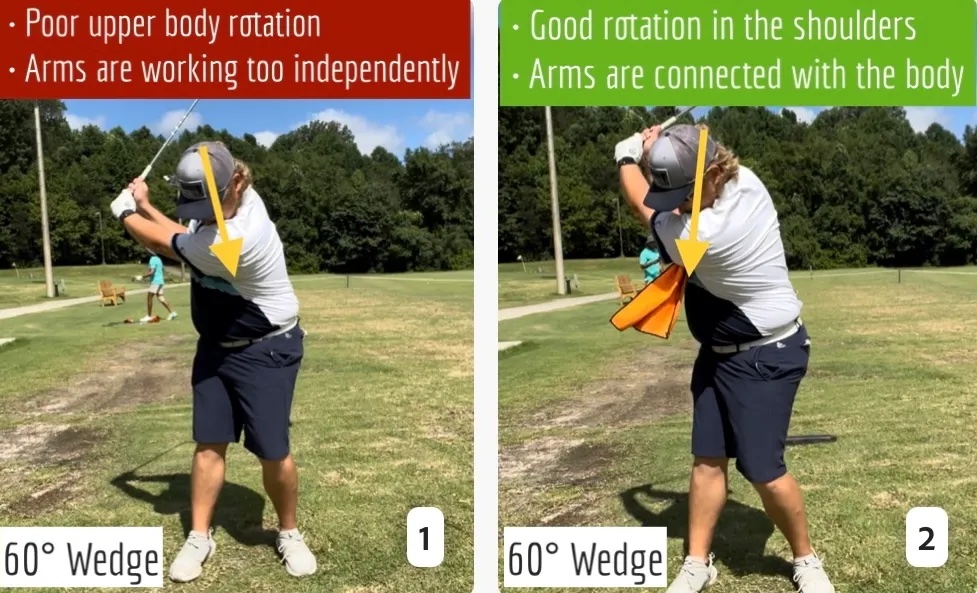
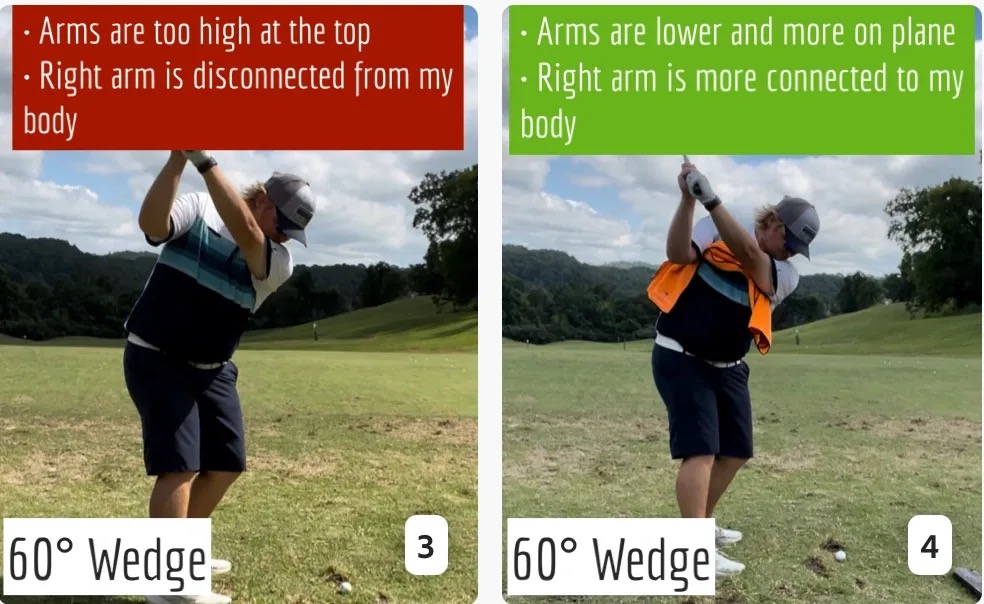
Conclusion
I have been diligent this year in finding a few drills that target some of the issues that plague my golf game; either by simply forgetting fundamental things or by coming to terms with the faults that have bitten me my whole career. I have found that having a few drills to fall back on to reinforce certain feelings helps me find my game a little easier, and the “towel drill” is most definitely one of them.
- LIKE12
- LEGIT2
- WOW2
- LOL0
- IDHT0
- FLOP2
- OB0
- SHANK8
-

 19th Hole4 days ago
19th Hole4 days agoDave Portnoy places monstrous outright bet for the 2024 Masters
-
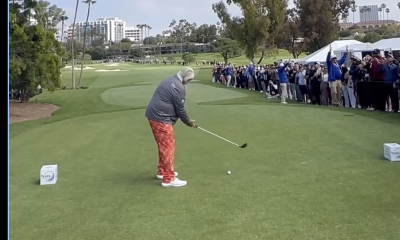
 19th Hole3 weeks ago
19th Hole3 weeks agoJohn Daly stuns fans into silence with brutal opening tee shot on PGA Tour Champions
-
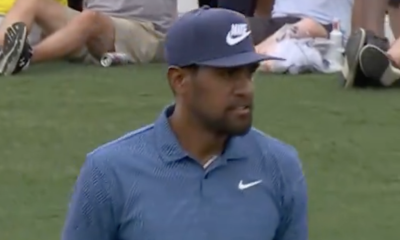
 19th Hole2 weeks ago
19th Hole2 weeks agoThings got heated at the Houston Open between Tony Finau and Alejandro Tosti. Here’s why
-

 19th Hole5 days ago
19th Hole5 days agoTiger Woods arrives at 2024 Masters equipped with a putter that may surprise you
-

 19th Hole1 week ago
19th Hole1 week agoReport: Tiger Woods has ‘eliminated sex’ in preparation for the 2024 Masters
-
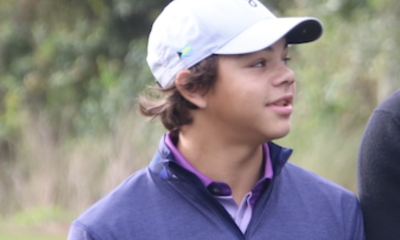
 19th Hole3 weeks ago
19th Hole3 weeks agoCharlie Woods finds it tough going on American Junior Golf Association debut
-
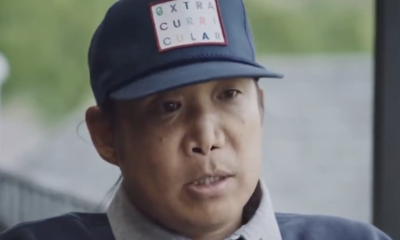
 19th Hole2 weeks ago
19th Hole2 weeks agoAddiction, spinal fusion, and scam artists – Everything Anthony Kim revealed in candid interview with David Feherty
-

 19th Hole1 week ago
19th Hole1 week agoAnthony Kim says doctors told him that he ‘may not have much time left’ ahead of LIV return

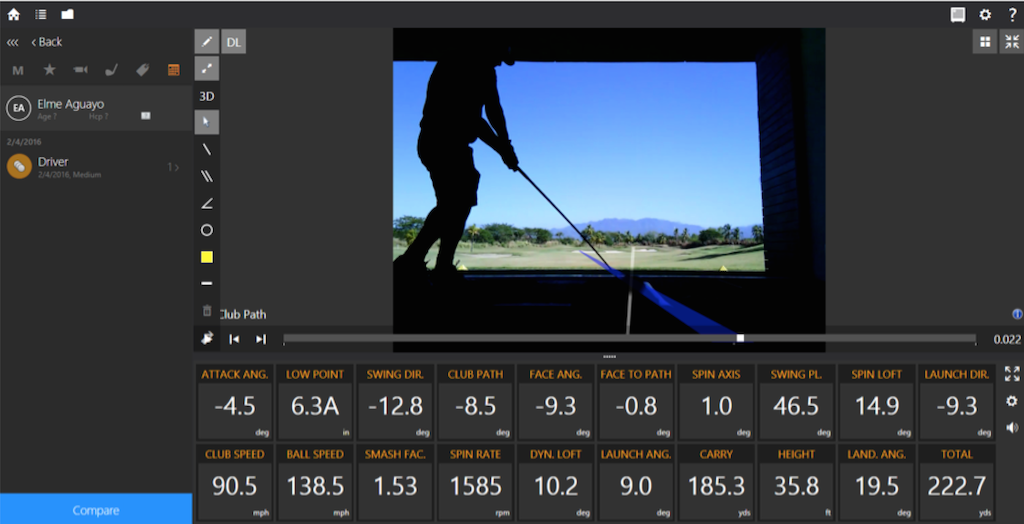
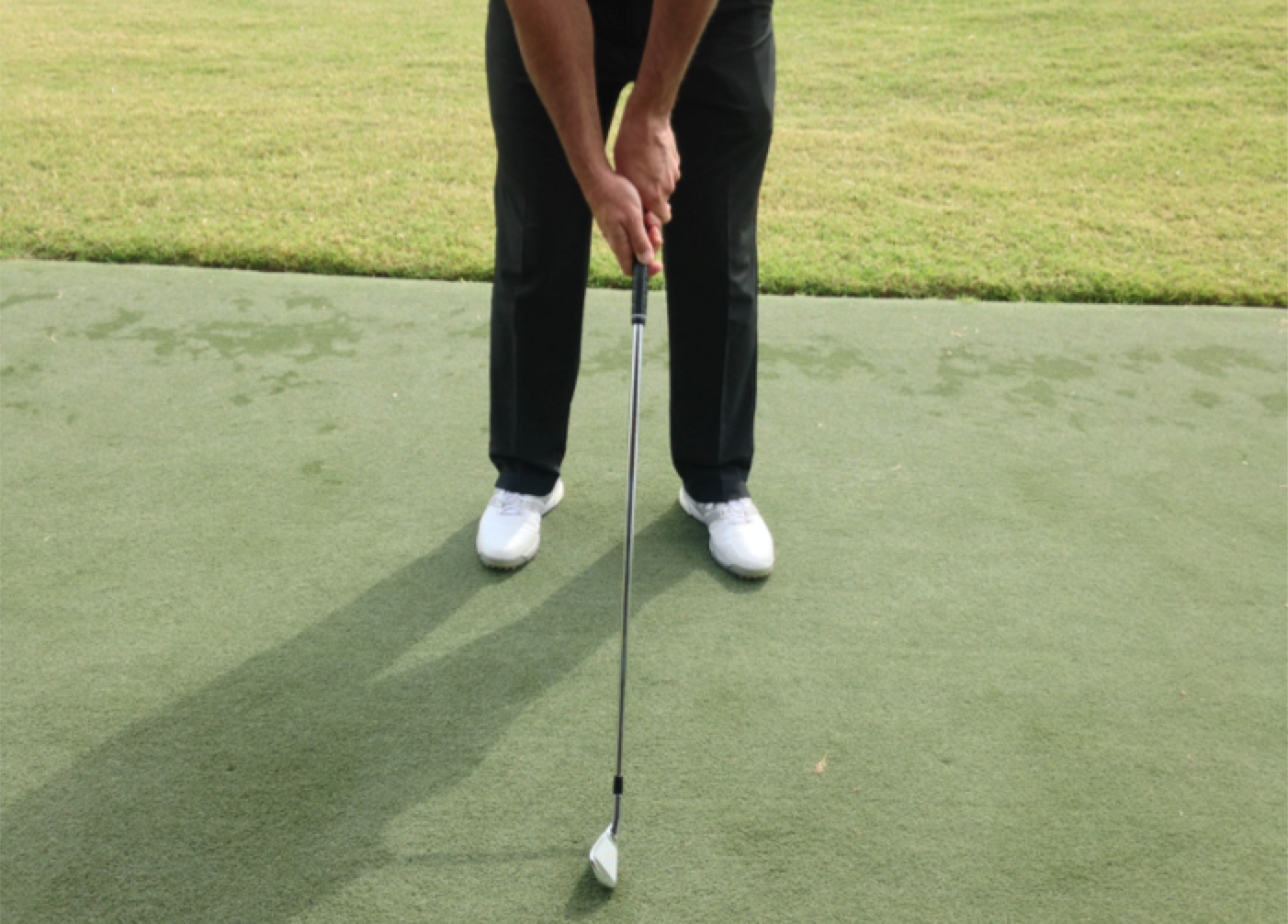
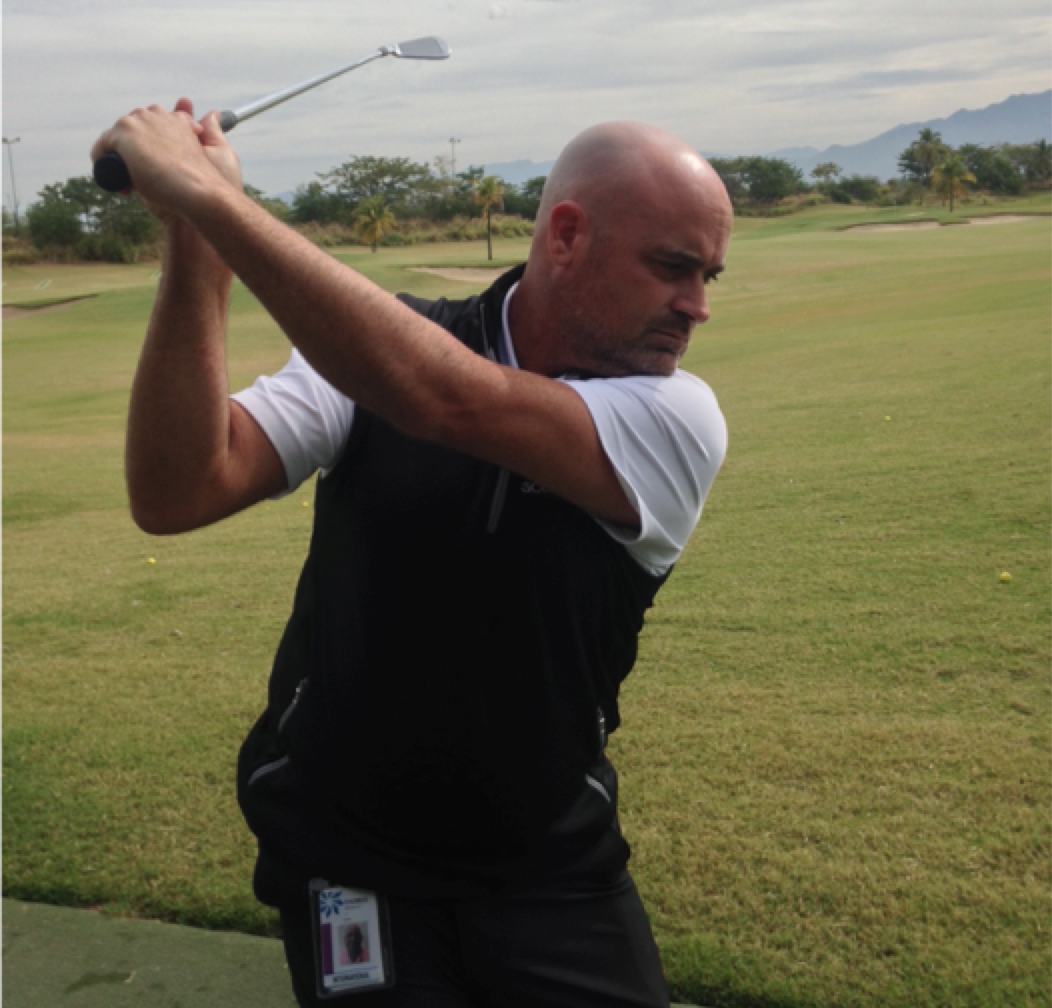
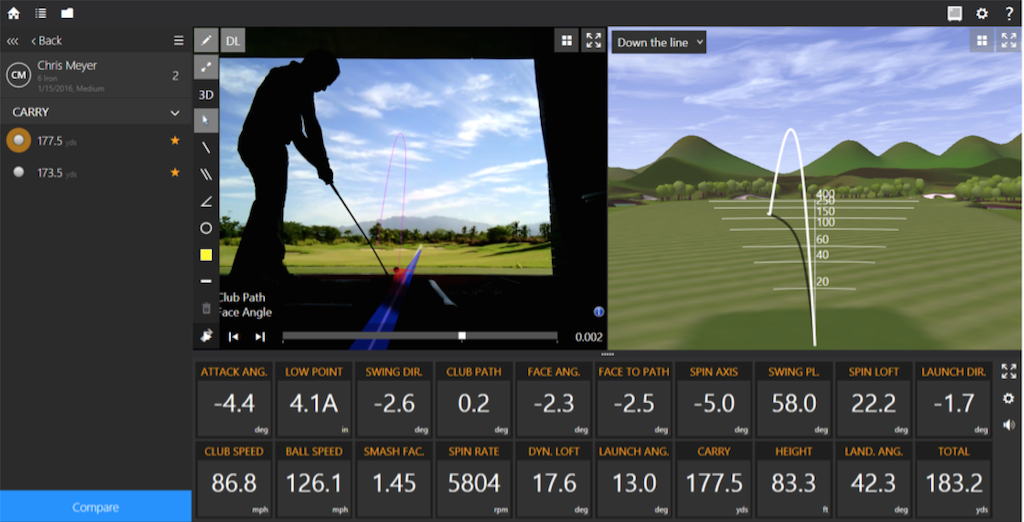
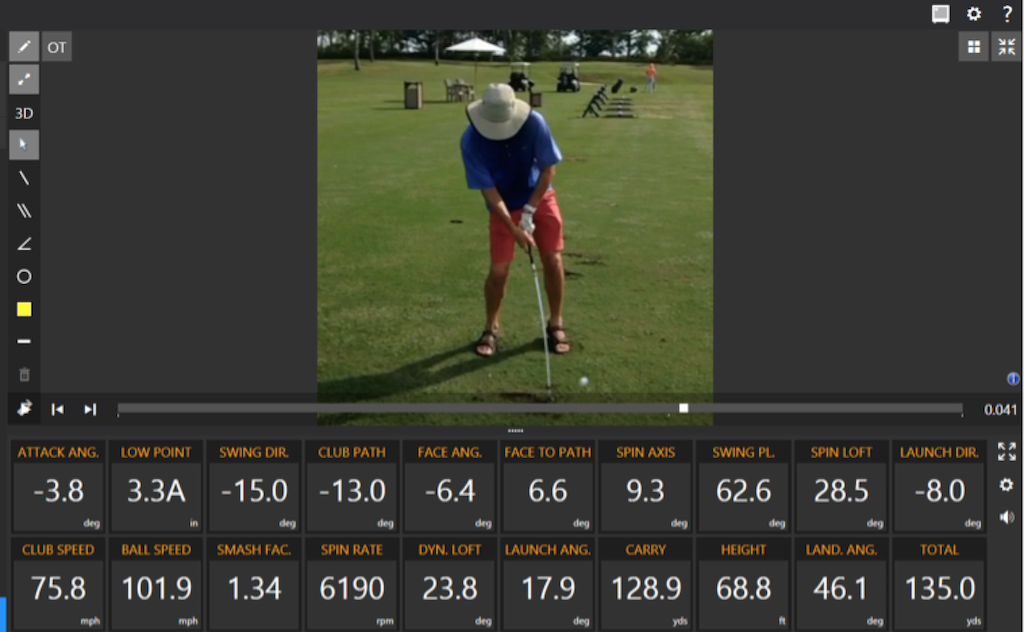
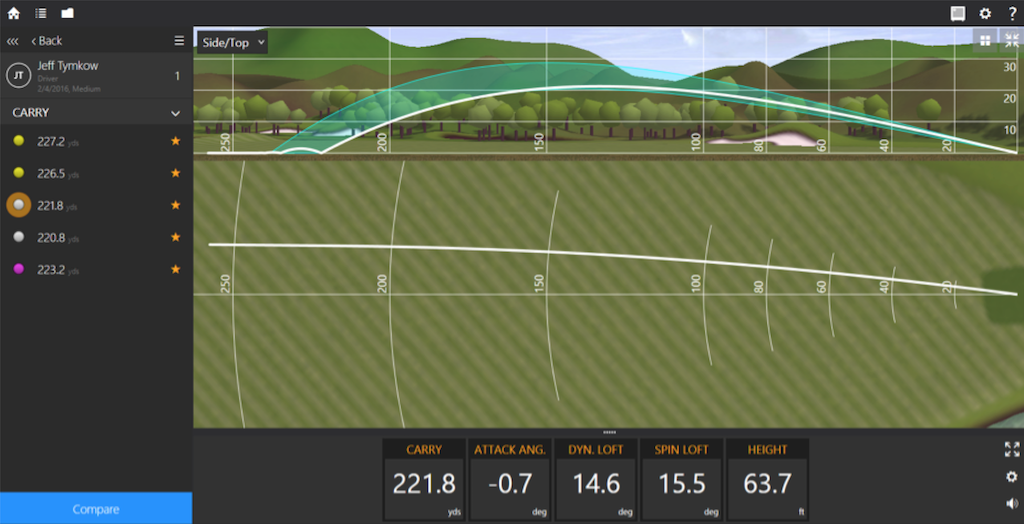
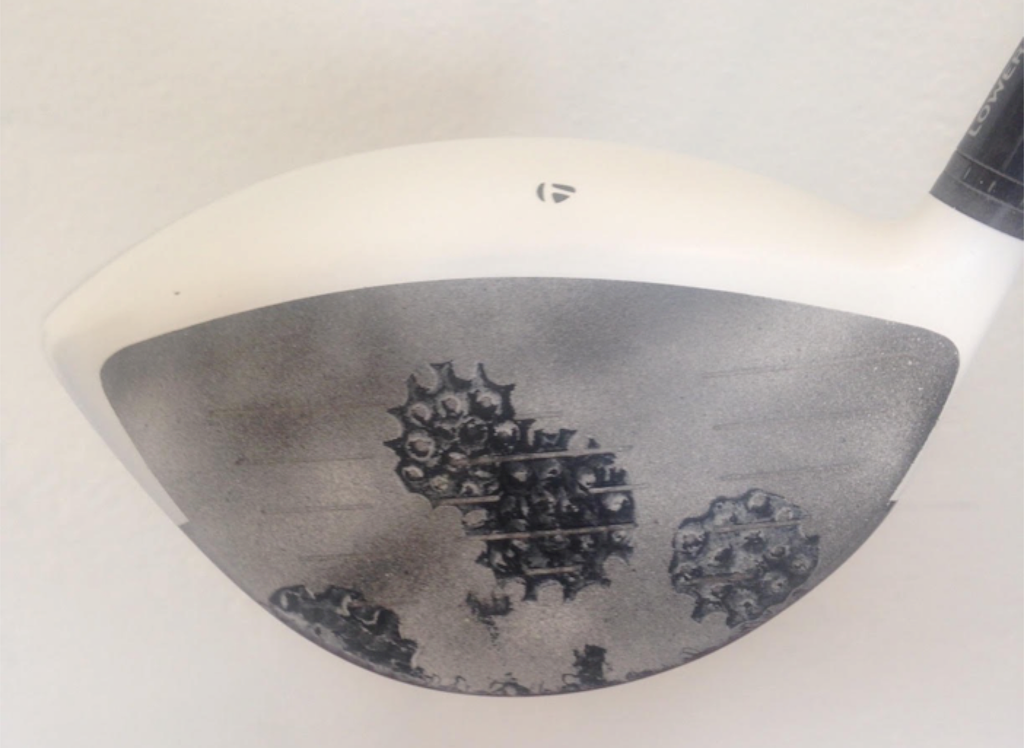








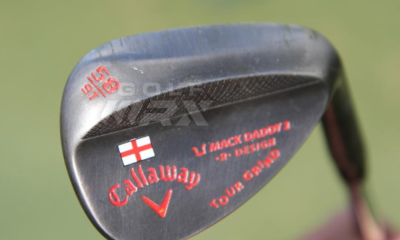

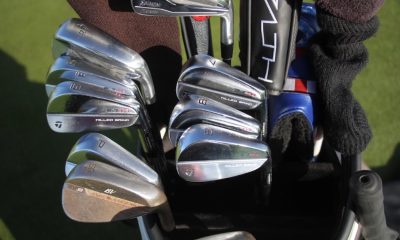

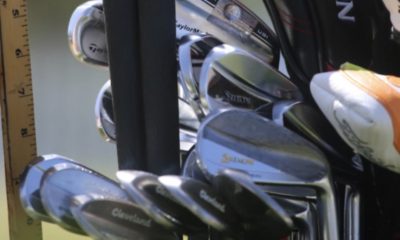



Pingback: How To Properly Start The Downswing: Lead With The Hips - Fortress Golf
Billy
Mar 3, 2016 at 7:26 am
Is “smash factor” a swing move? But yeah, I get it!
Peter
Feb 27, 2016 at 2:37 pm
I disagree, whether your cup the wrist and have a “square” face or flatten it and looks “closed” the relationship between the hands and the face is the same. Dan C has a great article about Cupped, Flat and Bowed wrist “looks”
Mike W
Feb 26, 2016 at 3:27 pm
The last line for problem #1 (and #3 for that matter) should read RUN don’t walk to your nearest golf FITNESS professional. These are physical limitation issues that need addressing in a gym setting not band aid training aids on the range.
Cliff
Feb 26, 2016 at 4:04 pm
These usually have nothing to do with fitness!
dhauser00
Feb 26, 2016 at 6:13 am
I also have problem #2.
If I adopt a strong grip at set up, how should the wrist look like at the top?
And if I use a neutral grip at set up, how would this look like at the top?
Thanks!
kyle
Feb 25, 2016 at 9:21 pm
How is number two different than how DJ, Trevino, Azinger, Duval, etc… have made a living?
I have a strong grip and shut face and play quite well. Probably isn’t great for many players, but it works well for others. Not sure why it’s considered a “death move”
stephenf
Mar 10, 2016 at 11:59 am
“…as long as the player knows he is doing it.”
Pretty sure those guys — and you — know you’re doing it, and have the necessary adjustments or compensations. Dustin Johnson is another example, of course. But the more shut you are, the more you have to do something to keep the face from closing at or before impact, which usually translates to a more emphatic move with the rotational elements. Some people see that as unnecessary error-plus-compensation. Other people say it’s just a matter of an individual player working out what he can live with, what his orientation is (he prefers going at the ball hard with rotation, for instance), etc. I wouldn’t do it, but there’s no denying that there are players who have been successful with it.
stephenf
Mar 10, 2016 at 12:06 pm
With regard to listing it as a “death move,” though, I think the author is right in saying that it’ll kill your chances of anything like accuracy or consistent contact, if it’s an isolated fact of your swing — that is, if you don’t have compensations or adjustments to make it work.
Still, it’s interesting: Is it a “death move” in the same sense over-the-top is? I don’t know. Probably not. You see the occasional really good player playing from a shut position. You see pretty much zero players getting severely over the top, because when you get OTT relative to your body lines, it really negatively affects your ability to apply energy forward through the ball instead of steeply downward, dissipating it into the ground. And it makes your body work differently in ways that can kill your speed. Moving the body harder to compensate for a shut position at the top doesn’t necessarily do any of those things, although it _is_ true that if the move becomes a total drag through the ball, if the arms and club aren’t trying to catch up and pass the center of the body at some point (in the case of a shut player, it’ll be further past the ball than with the conventional player), that can kill speed. But I think you could argue that OTT is more fatal, fundamentally, in how it affects the mechanics of the body and the dynamics of energy transfer.
Other Paul
Feb 25, 2016 at 8:31 pm
I love a strong grip and a shut facebat the top. If i lead with my hips and have open shoulders at impact the face is square or a hair closed. Played with some friends last night and hit one 330 (122MPH CH speed). Fast hips and shoulders are the way to go. I am not a big guy.
farmer
Feb 26, 2016 at 11:55 am
For Kyle and Paul, look at Judy Rankin when she was playing. I will bet that 90% of every pro’s students are looking to get rid of a slice. If you get into a toe down, clubface open position, you are going to have to make some compensation to get back to square.
stephenf
Mar 10, 2016 at 11:42 am
False dichotomy. There’s a middle ground between shut and toe-down, and that’s what you see in the preponderance of swings by great players.
stephenf
Mar 10, 2016 at 11:44 am
Another way to put it, in your case: If you want to move your body, hips, etc., really fast, maybe you have to have a strong grip and be shut at the top (a la Dustin Johnson — just don’t go steal anybody’s sh$%, sleep with their wives, or do coke). But it’s not the only way to play, or even the best way for everybody. Still, it points to the need for the elements to be in a balance that any particular player can live with.
TR1PTIK
Feb 25, 2016 at 4:59 pm
Tom, perhaps everyone is just tripped up by the term “smash factor”. Maybe a more appropriate way to say it would be impact location – which directly correlates to smash factor http://blog.trackmangolf.com/smash-factor/ – and is a prime reason for errant shots and low ball speeds among amateurs.
Almost any golfer should be able to find relative center with some repeatability if they work on it regardless of what their swing looks like. It doesn’t mean they will have a great smash factor or the best ball speeds, but it will be the best they can produce relative to the swing they currently have.
stephenf
Mar 10, 2016 at 11:55 am
Much easier to do if they can produce an appropriately shallow angle of approach with the club moving from the inside of the target line through the ball, though. When you get the kind of player whose path is always changing depending on how hard he’s throwing the body at it — which a lot of modern instruction actually makes worse — he’s going to find it pretty much impossible to find the center of the clubface (or the sweet spot, which is usually a little off-center with the irons) consistently.
Big Slice
Feb 25, 2016 at 4:38 pm
I need help with all of these. I suck
BRL
Feb 25, 2016 at 2:31 pm
Thanks!
I need help with #3. I didn’t see any articles about it, do you have a drill?
8thehardway
Feb 27, 2016 at 12:04 am
Google early wrist extension in golf. Also, I think a Shawn (sp?) Clement video made the point that, at impact, some golfers think the hands should be back at the address position when they really should be past where they were at address.
cgasucks
Feb 25, 2016 at 2:29 pm
Foot powder is a good idea to see ball impact on the clubface. I personally use duct tape since its way cheaper than those specialized impact labels you see in golf stores, widely available, and less messier than foot powder.
larrybud
Feb 25, 2016 at 12:30 pm
OK, but these are results of things which happen earlier in the swing, or with a bad setup. Smash factor is the ultimate “result” which a hundred things can affect why the player didn’t hit the center of the clubface and/or has a lousy path/face angle causing an oblique hit. Nobody goes in saying “I’m going to work on my smash factor today”.
I mean, might as well add “Swing and Miss” this this “death move” list, but none of it mentions common *causes* and fixes.
TR1PTIK
Feb 25, 2016 at 1:56 pm
I don’t think this list is really about trying to identify specific causes or fixes because there are far too many variations between golfers. I think the main point of the article is to help people identify things that are probably out of their control to fix without help from a certified PGA professional.
As for smash factor, I work on that all the time – exactly how Tom described. Even at home without a ball, I will place a tee in the ground or my practice mat and try to mark the clubface (driver) where I think the tee should hit (about 1/3 of the way up the face in the center). Assuming my path is good (which it usually is according to SkyPro) and the face angle is correct (what I struggle with more often), I should be able to take what I practice to the course with at least some success.
Birdy
Feb 25, 2016 at 1:57 pm
agree..having a bad smash factor is hardly a ‘death move’ as the title suggests.
cgasucks
Feb 25, 2016 at 2:33 pm
Agreed, a low smash factor is a by-product of a “death move”.
WB
Feb 25, 2016 at 12:19 pm
Tom,
What is the best fix for #2? Weaker grip?
WB
goobers80
Feb 25, 2016 at 11:28 pm
You can have a weak grip with a cupped lead wrist. In fact quite a lot or maybe all of the great players had it to some degree. A cupped lead wrist has been happening for quite some time in golf. I have seen pictures of Bobby Jones with a cupped wrist. That does nots determine the strength of the grip.
WB
Feb 26, 2016 at 12:26 pm
My point was that I have a strong grip but a flat left wrist at the top causing a closed club face. I do indeed struggle hitting pulls. Tom said he worked with a better player to fix his position at the top. I just wondered if it was making the grip weaker and living with the flat wrist or keeping the grip the same and working on cupping at the top.